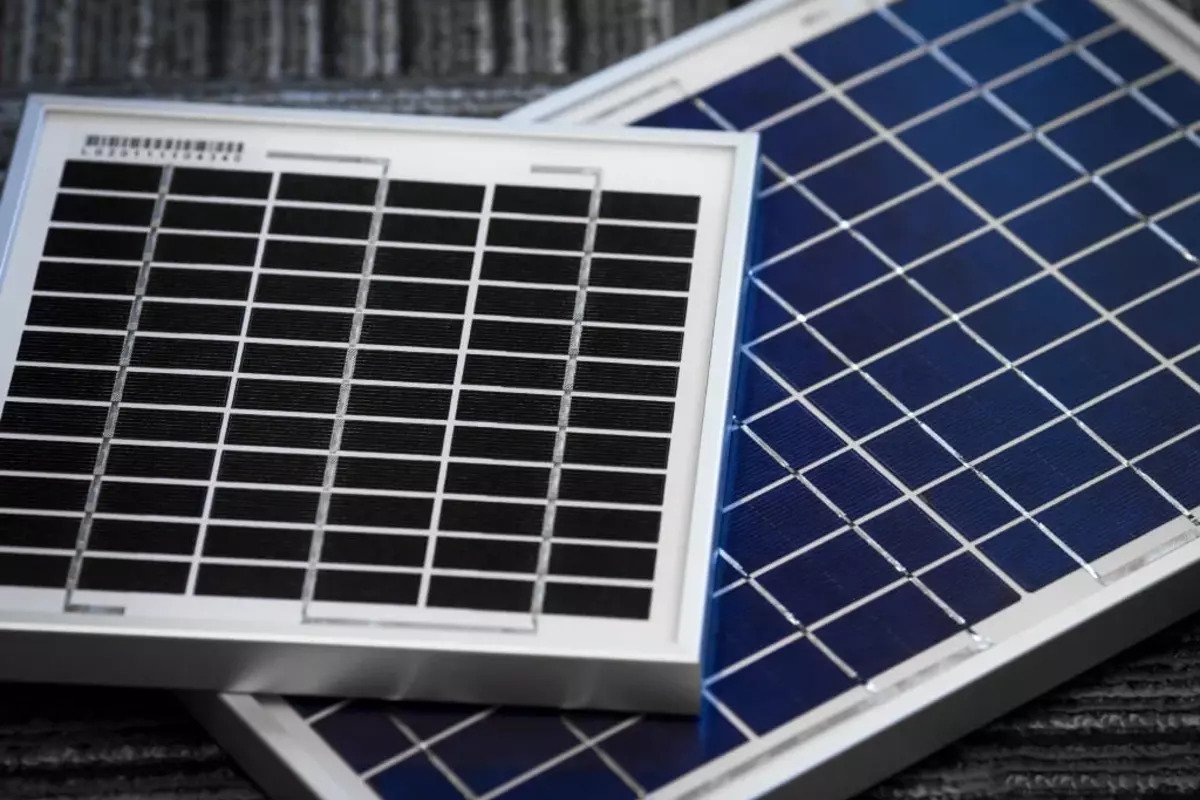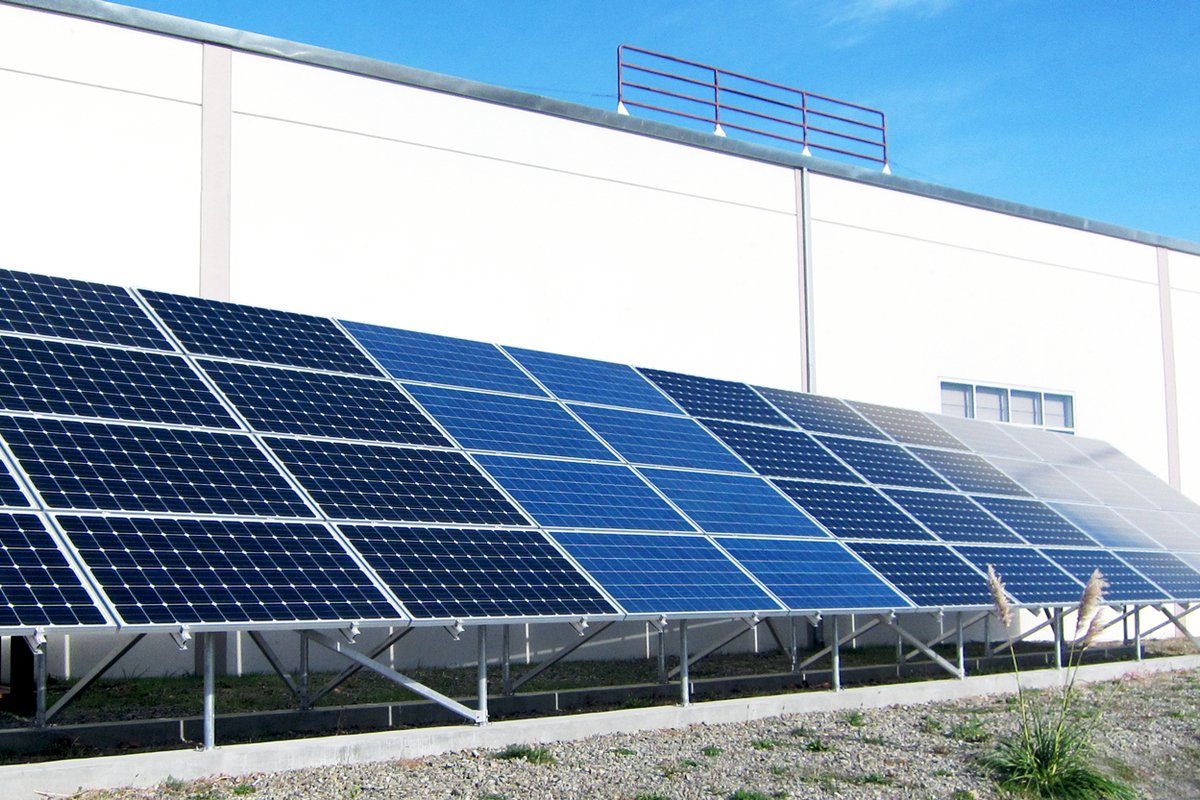Nowadays, solar energy is experiencing rapid growth and is now providing power to a greater number of homes than ever before.
With approximately 3 million solar installations nationwide, a third of these have been implemented in just the past few years. Consequently, the search for the best solar companies is escalating annually.
Given this context, it’s crucial to assess every aspect of your solar energy system, particularly the decision between monocrystalline and polycrystalline solar panels. Let’s look at the differences between the two.
Monocrystalline Vs. Polycrystalline: Which is Better?
There are two primary types of solar panels: thermal and photovoltaic (PV). Thermal solar panels utilize sunlight to generate heat, while photovoltaic solar panels capture solar energy and convert it into electricity.
Among these, photovoltaic solar panels are commonly preferred by homeowners as the optimal choice for residential use. While they might have lower efficiency compared to solar thermal panels, they are better suited for residential settings as they don’t necessitate extensive facilities.
Think of a solar panel as a picture frame: rectangular, encompassed by a metal frame, and featuring protective glass at the front. Multiple layers constitute a solar panel, with the most crucial layer housing the matrix of solar cells.
Within each solar panel, you’ll find a range of 32 to 96 solar cells arranged, interconnected side by side. These cells collectively generate anywhere from 230 to 275 watts of electricity.
The solar cells themselves can be either monocrystalline or polycrystalline. Monocrystalline solar cells are adept at harnessing sunlight more efficiently. Meanwhile, polycrystalline panels are more budget-friendly and can be a suitable choice for regions with ample sunlight.
Pros and Cons of Monocrystalline Panels
Pros:
- Energy-efficient
- Can tolerate heat better
- Less space requirement
Cons:
- Quite expensive
Pros and Cons of Polycrystalline Panels
Pros:
- More affordable
- Has a comparable lifespan but at a more affordable price
Cons:
- Requires more space
- Can tolerate heat less
- Not as efficient when it comes to generating energy
Conclusion
Monocrystalline panels typically offer greater efficiency and space utilization compared to polycrystalline panels. This translates to higher energy production from a smaller space.
Besides, their enhanced efficiency might reduce the number of required monocrystalline panels to achieve the same energy generation as polycrystalline panels, resulting in long-term cost savings.
If your priority is a cost-effective solar setup without compromising performance, polycrystalline panels could be a suitable option. Technological advancements have also increased the efficiency of polycrystalline panels which makes them a viable option for most homeowners.





